For my weekly work, I decided to work on gathering data and using that to find the mean, median, and mode of a set of numbers. I found examples of graphs that could be used in a classroom that would help visually display data to be able to easily figure out math problems from. By collecting data in the form or charts or graphs, information can be easily understood rather than just listing numbers from the results.
To incorporate gathering data into a math classroom, there are many ways to create activities that students could do to collect amounts of data and display the results in bar graphs, line graphs, or pie charts. In a lesson
plan, I would first teach the students the different ways to display data by showing them how to make the different the graphs. I found a website called “create a graph,” that would be a very useful thing to introduce to students so they would be able to use technology rather than drawing by hand. This would be more for the upper elementary students but would be an effective way to create an understanding of data collection and math.
Mean: 5+3+7+9+5+2= 31 31/ 6= 5.16 rounded= 5 =5
Median: 31/ 2= 15.5 = 16 strawberry
Mode: Strawberry
occurs the most
The information from the graph above could be an example of how to find the mean, median, and mode in a classroom. This would be a good activity because the students would relate because they would be picking their favorite fruit and solving math from gathered data. The mean of this data was found by
adding all of the fruit amounts and then dividing by six and the answer rounded to five. The median was found by figuring out the middle number of all the fruit. There was 31 pieces which I divided by two and then found the middle to be six. The mode was found by finding the fruit that appeared the most which was a strawberry.
For my weekly work I decided to work with the mean, median, and mode and researched different ways to teach the concept through fun classroom activities. I also found real life applications of them to help teach the lesson in a way that students understand why they are learning it. To start I would discuss what it is, such as the mean being the result of adding all the numbers and dividing by how many there is. The Median being the middle number when the numbers are placed in order and the mode being the number that appears most often.
In my lesson for teaching mean, median, and mode, I would discuss the real life applications and talk about how their own grades are sometimes calculated using this math. To get the students to relate I would talk about how baseball players use the mean to calculate their batting average or even the mode to show a pitcher's most common amount of hits or no hitters by figuring out which number appears the most. I also researched how students can take the information about mean, median, and mode and use it in their future careers. For example, by understanding the concept of mean, people can be aware of applying for a job when it says the salary average and knowing that it may mean way lower or higher.
I found a couple creative ideas for teaching the mean, median, and mode in a way that students would understand better through a hands on math project. The first is a lesson called Candy Colors, where I would give each student a little bag of colorful candy such as M&Ms or skittles and have the students sort them by color. They would find the mean, median and mode of the candy. The students would then compare their answers with others to talk about what they did. Another fun idea that I found was to make students pair up with a partner and role a dice 25 times. They would record their results and find the mean, median, and mode. This lesson could also be combined with another math lesson of probability because it deals with the chances of certain numbers appearing.
I think that as a teacher, it is a responsibility to make learning fun but in a productive way. By using the two ideas of Candy colors, and the dice rolling, students can learn hands on rather than doing tons of worksheets, although they still would do some. It is important to get the students interested in the math by helping them understanding the purpose and be able to relate like the baseball example so they will want to learn more.
For my weekly work I decided to focus on the subject of learning math through TV. After watching cyber chase in class, I found it interesting how math can be incorporated into a classroom through different mediums such as videos. I found ways to use videos effectively by reinforcing the concept of math that is being taught along with other shows and computer games that would be fun to use in a classroom. By using videos of math I think elementary students would benefit from the actual application of math in movies and games, by visually seeing and experiencing it.
When using videos in a classroom, I would first start out by teaching the lesson of math so the students would have a general idea of the topic. Afterwards, I would show the movie and the kids would be able to see practical applications of math especially in shows like Cyber Chase. I would also have math computer games that the kids could play to get more practice. By using this visual style of teaching, I think that my students would develop a better understanding because they can see the math instead of just learning a lesson form a book. Also by doing this, students would form better memories of math because they can recall the fun math videos and activities.
After researching, I found a couple TV shows that incorporate math into their programs. Besides Cyber Chase, I found some shows called Design Squad and Peg and Cat that teach math through entertainment. These shows would be good for a classroom because they would engage the students and even help with some concepts that would be hard for students to understand alone. For example the episode that we watched in class this week would most likely help students understand area and perimeter because of it's real application.
Overall, I think that by using math TV in the classroom along with games would be very beneficial for students understanding and application of math. By showing real application elementary kids could relate and understand the purpose for doing math. When I teach math, I hope to make it interesting and fun for the kids to want to learn and teach the idea that math is everywhere around us.
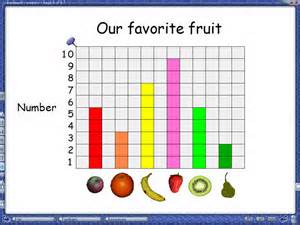
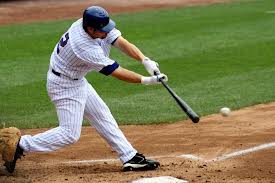
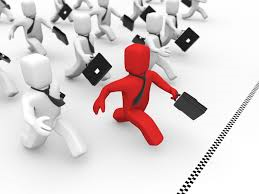
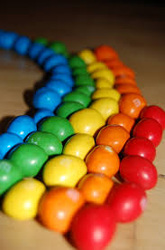
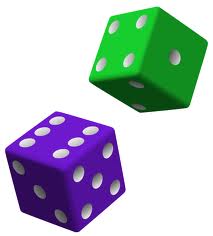
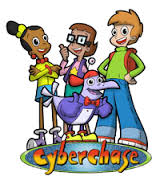
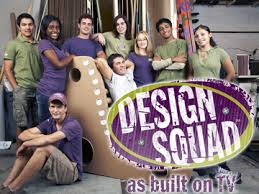
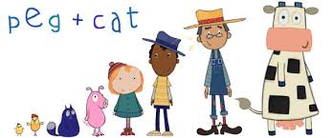
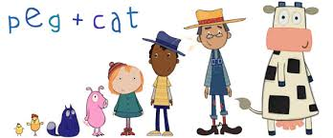
 RSS Feed
RSS Feed